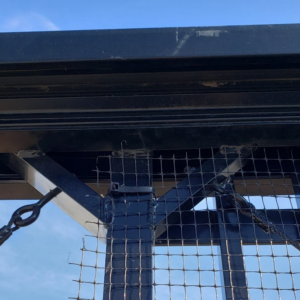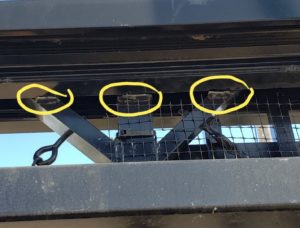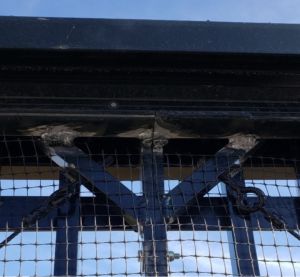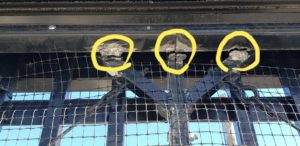The Forgotten Step in Seasonal Gate Inspection: Welds
It is important to inspect your automated and manual gates for each winter as to avoid making emergency repairs in ice and snow. When a piece of equipment doesn’t go through regular maintenance and is outside in the elements year-round, several problems can appear. Your seasonal gate inspection should include doing a visual exam of the gate, greasing top and bottom rollers, cleaning out any nests in the control box, and lubing your drive chains and the inside of your operator. Unfortunately, many people forget to do their gate inspection at a minimum of twice a year.
Even people who do execute a gate inspection twice a year, they still often miss one simple component—the gate welds. Welds? Yes, the welds. Gate welds are the glue that holds all the pickets and rails together to make the gate structure. Gate inspections should include looking at the welds to make sure it keeps full structural integrity.
When looking over the gate welds, you want to see welds that are smooth and even. When a gate is brand new you shouldn’t have to worry about the state of the welds. Once the gate is installed and in operation, stress is applied to its rails and pickets while opening and closing. Most gates will not encounter problems with their welds, but it’s important to know what to look out for.
Example of broken welds found during a gate inspection
In the first picture the welds look okay until you move the gate. Then you can see the weld is slit, showing the stress of the gate.


This portion of the gate has been rewelded and it had stressed too much, breaking the parent material from the welds.


Without checking the welds on the gates, troubleshooting its issues during may have taken much longer if we had only concentrated on the operator. With further gate inspection, it was revealed that the stress on this gate is causing the top rail to crack and break.

